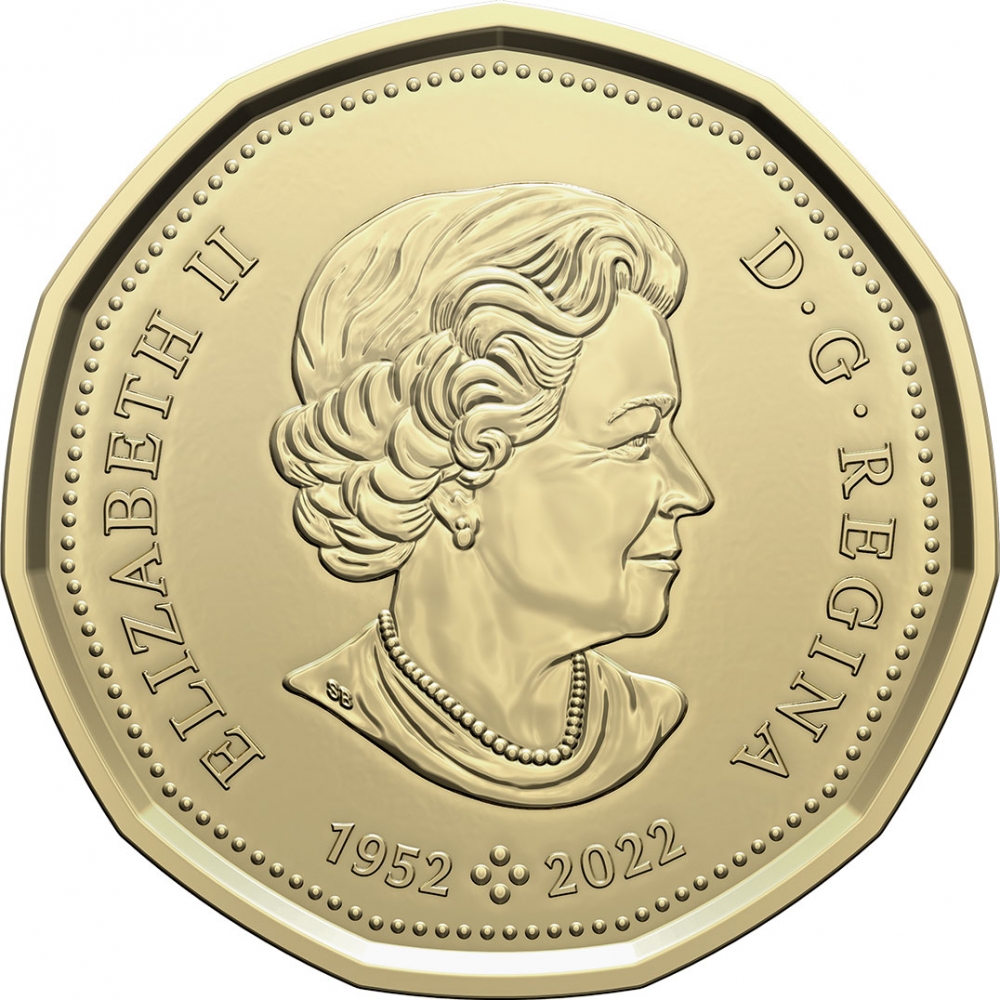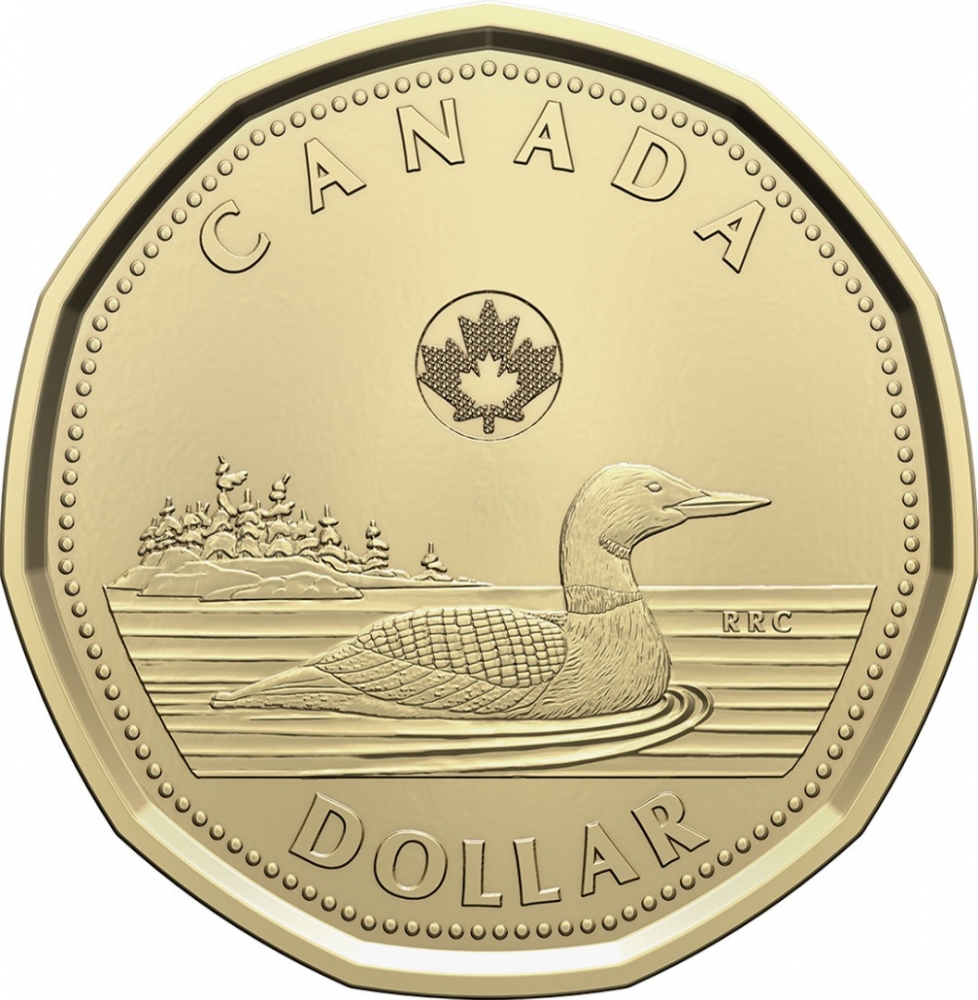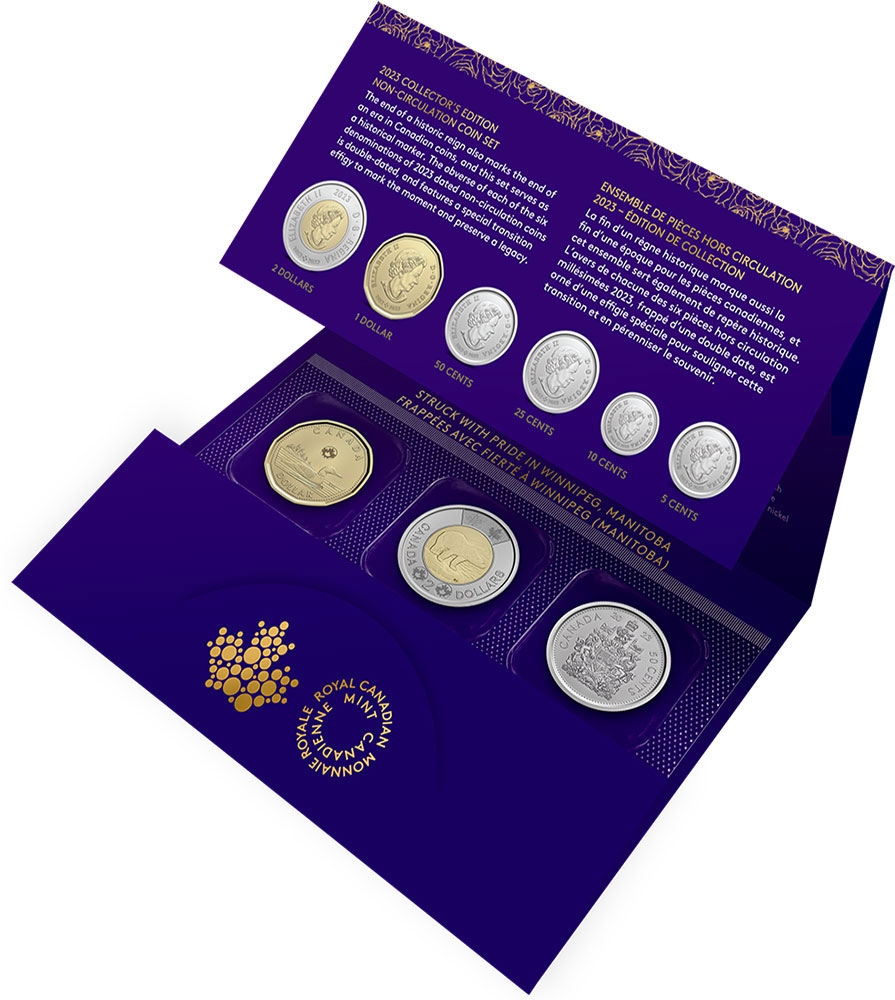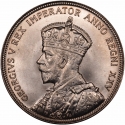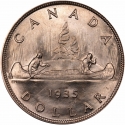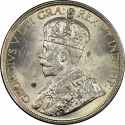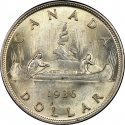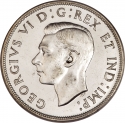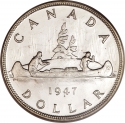You are about to finish your registration. Please check your mailbox (including spam folder). There should be a letter with a confirmation link. Check setting to make sure that your e-mail address is correct.
Send letter againDescription
The Royal Canadian Mint did not issue any 2023-dated Canadian circulation coins featuring both the traditional reverse designs and an obverse featuring Queen Elizabeth II. Instead, a limited collector’s edition for each of the six Canadian coin denominations ($2, $1, 50¢, 25¢, 10¢, 5¢) was released. Packaged in a royal purple folder that pays tribute to Queen Elizabeth II, they mark the end of a reign—and the end of an era in Canadian coins.
As the new King Charles III dies were not yet ready for this coin set, all the obverse designs feature a posthumous effigy of Her Majesty Queen Elizabeth II with the addition of the double dates of her reign, 1952-2022.
Obverse

|
Fourth portrait of HM Queen Elizabeth II, when she was 77 years old, facing right and surrounded by the inscription. Below, the four pearls symbolise the four effigies that have graced Canadian coins and the double date of her reign. ELIZABETH II D • G • REGINA |
|---|---|
Reverse

|
Depicts a common loon, swimming on a lake, a maple leaf within a circle and country name above, facial value below. CANADA |
| Edge |
1 Dollar
Transition obverse, Loonie
KM# 3291
Characteristics
| Type | Commemorative Issue (Non-circulating) |
| Material | Brass Plated Steel |
| Weight | 6.27 g |
| Diameter | 26.5 mm |
| Thickness | 1.95 mm |
| Shape |
|
| Sides | 11 |
| Alignment | Medal |
| Alt # |
|
| Mint |
Royal Canadian Mint (RCM)
|
